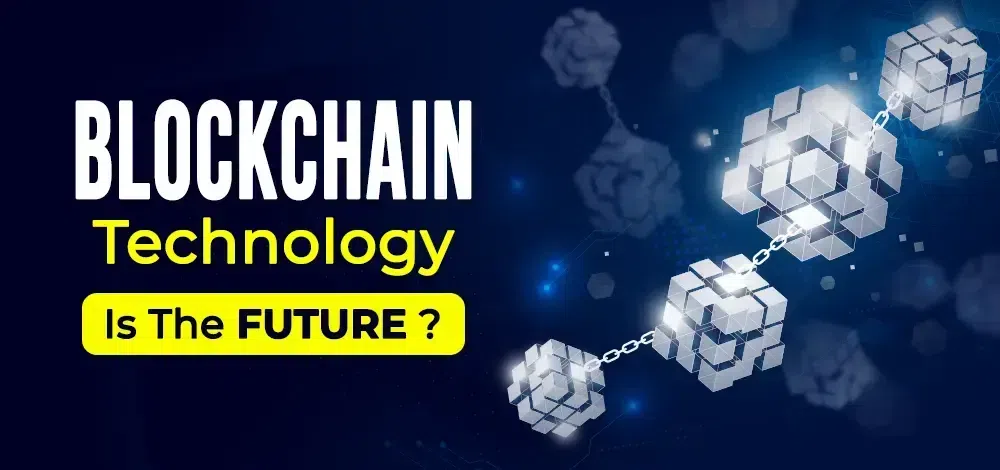Blockchain Technology Trends 2024 are reshaping industries and redefining digital trust. As we navigate this transformative year, decentralized systems are moving from experimental to essential infrastructure across finance, supply chains, and beyond.
What is Blockchain Technology?
Blockchain is a decentralized digital ledger that records transactions across multiple computers in a secure, tamper-proof manner. Unlike traditional databases controlled by a central authority, blockchain operates on a peer-to-peer network where every participant maintains a copy of the ledger.
How Does Blockchain Work?
-
Transactions are grouped into blocks.
-
Each block is cryptographically linked to the previous one, forming a chain.
-
The network validates transactions through consensus mechanisms (Proof of Work, Proof of Stake).
-
Once added, data cannot be altered, ensuring immutability.
Key Benefits of Blockchain
✅ Decentralization – No single point of failure.
✅ Transparency – All transactions are publicly verifiable.
✅ Security – Cryptographic encryption prevents hacking.
✅ Efficiency – Reduces intermediaries, speeding up processes.
Top Blockchain Trends in 2024
1. Decentralized Finance (DeFi)
DeFi is revolutionizing finance by enabling peer-to-peer lending, borrowing, and trading without banks. Platforms like Uniswap, Aave, and Compound are leading the charge, with DeFi’s total value locked (TVL) exceeding $100 billion in 2024.
2. NFTs Beyond Digital Art
Non-fungible tokens (NFTs) are expanding into gaming, real estate, and identity verification. Projects like Decentraland and The Sandbox are creating virtual worlds where NFTs represent land, avatars, and in-game assets.
3. Central Bank Digital Currencies (CBDCs)
Countries like China (Digital Yuan), Nigeria (eNaira), and the EU (Digital Euro) are piloting CBDCs to modernize payments and enhance monetary policy control.
4. Enterprise Blockchain Adoption
Major corporations like Walmart, Maersk, and IBM use blockchain for supply chain tracking, fraud prevention, and smart contracts, saving billions in operational costs.
5. Web3 & DAOs (Decentralized Autonomous Organizations)
Web3 aims to create a user-owned internet, while DAOs allow decentralized governance through token-based voting. Examples include MakerDAO and ConstitutionDAO.
Real-World Blockchain Applications
✔ Finance & Payments
-
Ripple (XRP) and Stellar enable fast, low-cost cross-border transactions.
-
Stablecoins (USDT, USDC) provide crypto stability for everyday transactions.
✔ Healthcare
-
Medical records stored on blockchain ensure security and interoperability.
-
Drug traceability prevents counterfeit medicines (e.g., MediLedger).
✔ Supply Chain Management
-
IBM Food Trust tracks food from farm to table, reducing fraud.
-
VeChain helps luxury brands verify product authenticity.
✔ Voting Systems
-
Blockchain-based voting enhances election transparency (e.g., Estonia’s e-voting).
✔ Smart Contracts
-
Ethereum, Solana, and Cardano enable self-executing agreements for insurance, real estate, and legal processes.
Challenges Facing Blockchain
Despite its potential, blockchain still faces hurdles:
🔴 Scalability Issues – Bitcoin and Ethereum struggle with slow speeds and high fees.
🔴 Regulatory Uncertainty – Governments are still defining crypto laws.
🔴 Energy Consumption – Proof-of-Work (PoW) blockchains like Bitcoin consume massive electricity.
Solutions in Development:
-
Layer 2 Scaling (Polygon, Lightning Network)
-
Transition to Proof-of-Stake (Ethereum 2.0)
-
Green Blockchain Initiatives (SolarCoin, Chia)
The Future of Blockchain
By 2030, blockchain could:
🚀 Power the majority of global financial transactions.
🚀 Replace traditional identity verification systems.
🚀 Integrate with AI and IoT for smarter automation.
With advancements in quantum-resistant cryptography, cross-chain interoperability, and zero-knowledge proofs, blockchain’s potential is limitless.
Final Thoughts
Blockchain is no longer just about Bitcoin—it’s a transformational technology reshaping finance, healthcare, supply chains, and governance. As adoption grows, businesses and individuals must stay informed to leverage its benefits.
What blockchain trend excites you the most? Share your thoughts in the comments!
SEO Optimization Tips for This Blog:
🔹 Target Keywords: “Blockchain Technology 2024,” “DeFi Trends,” “NFT Applications,” “Future of Blockchain”
🔹 Meta Description: “Discover the latest blockchain trends in 2024, from DeFi and NFTs to enterprise adoption. Learn how blockchain is transforming industries and what the future holds.”
🔹 Internal Links: Link to related articles on DeFi, NFTs, and smart contracts.
🔹 Engagement Hook: Ask a question to encourage comments (e.g., “Which blockchain use case do you find most promising?”).
